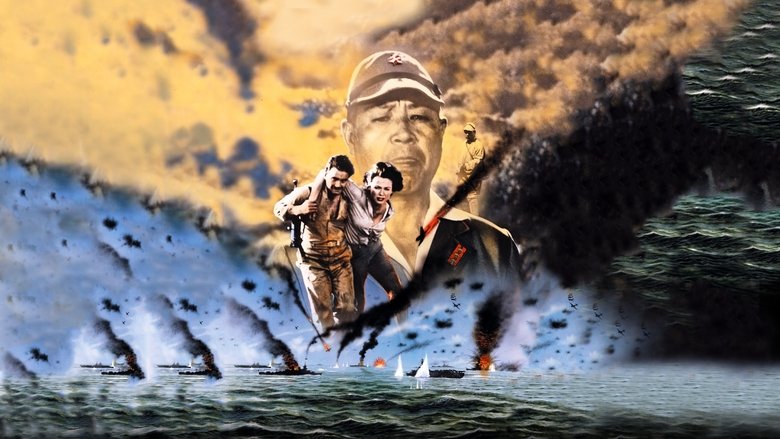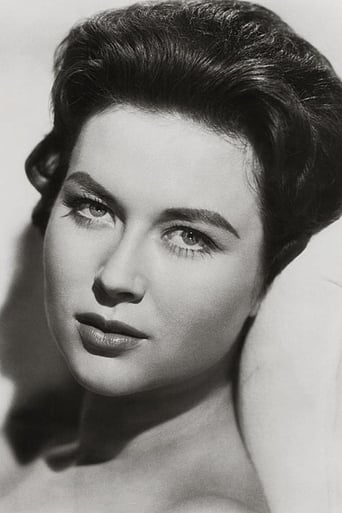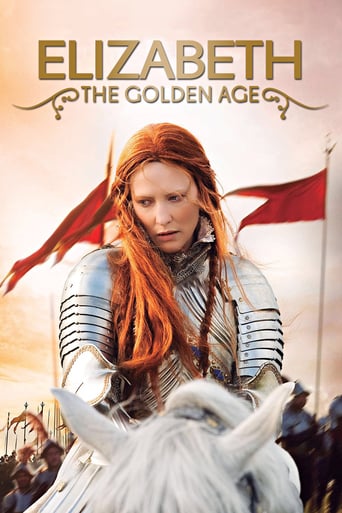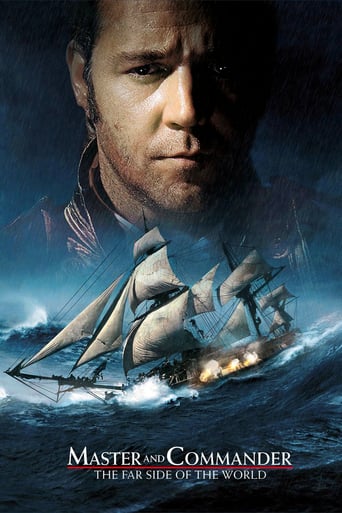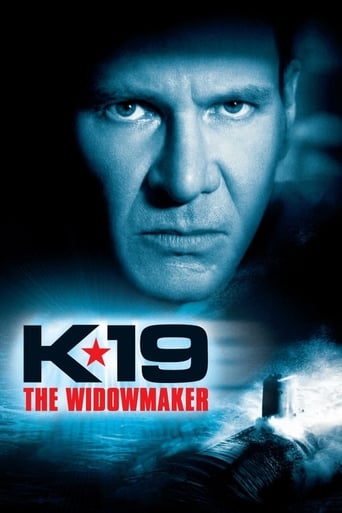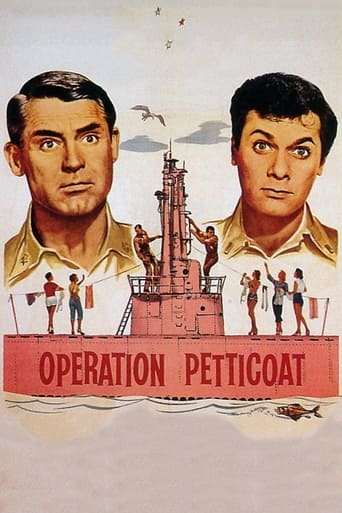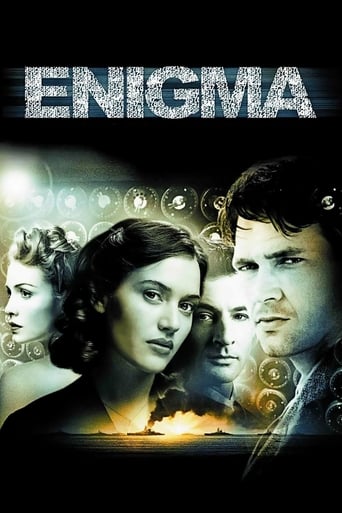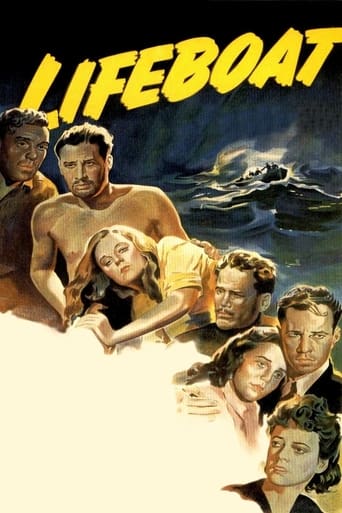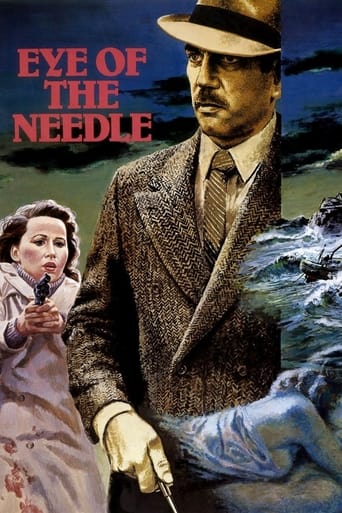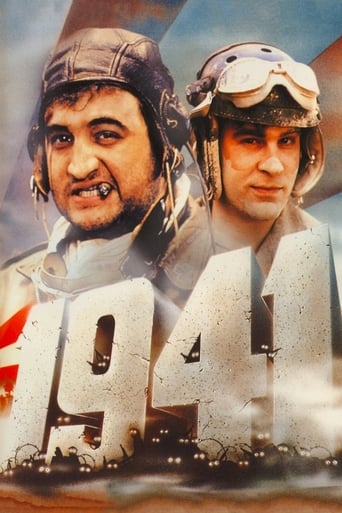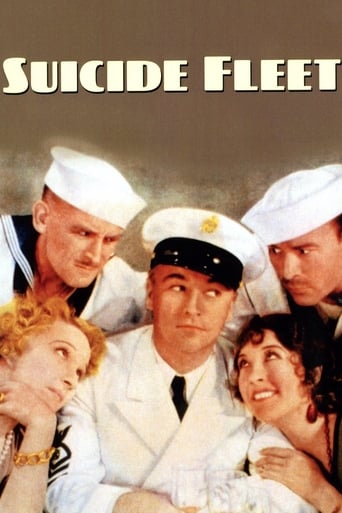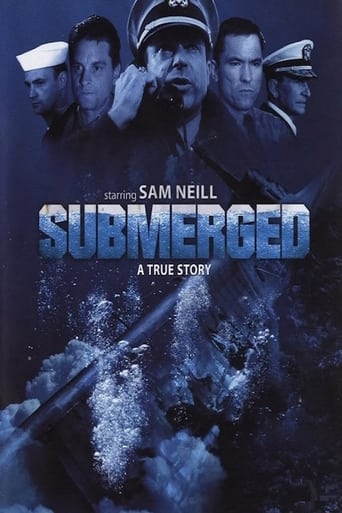Battle of the Coral Sea (1959)
A US submarine and its crew are captured by the Japanese on the eve of a major WWII battle.
Watch Trailer
Cast


Similar titles
Reviews
People are voting emotionally.
Lack of good storyline.
I wanted to but couldn't!
It is a whirlwind of delight --- attractive actors, stunning couture, spectacular sets and outrageous parties. It's a feast for the eyes. But what really makes this dramedy work is the acting.
This is a particularly ridiculous film in just about every way. If you can overlook the utterly weak swiss cheese of a story, the astonishing incompetence of the captain and all of the Japanese, the notion of a woman POW in a men's prison camp, the inability of two dozen Japanese ships to spot a periscope, the unawareness of the Navy that a sub is not a ship but a boat, and that the battle the film is supposed to be about doesn't happen until eighty minutes in, it provides passable entertainment.
"The characters and incidents portrayed and the names used herein are fictitious, and any similarity to the name, character or history of any person is entirely accidental and unintentional", says the opening credits. That statement is just about the most accurate thing in this film. The Battle of the Coral Sea was a strategically-important naval engagement fought between the U.S. and Japanese Navies between 4 and 8 May 1942. It stopped a Japanese attempt to carry out an amphibious invasion against Port Moresby, the last Allied stronghold in new Guinea. It also stopped Japanese expansion towards Australia.However, there is nothing in this movie about the Battle of the Coral Sea until the last ten minutes. The rest is a fairly routine story about POWs and their warders. consequently any viewer interested in learning about the Battle of the Coral Sea is advised to look elsewhere than this mis- named movie.
This is a terrible film and not about the Battle of the Coral Sea - one of the five carriers battles of the Pacific War.The idea is laughable - motley POWs being abused so that the commanding officer will give up information. In the event I think the Kempetei ( Imperial Secret Police ) would just have beaten it out of him. The reality was the allied POWs were terribly badly treated.Read a book or watch a cartoon instead.The only true fact I could glean was that there WAS a secret treaty between Vichy France and Japan after May 1940 that the Japanese would march in unopposed to the French Far East Empire ( Vietnam, Laos and Cambodia to be) and in return French Nationals there would not be interned. Hence Miss Phillips - I didn't pay enough attention to see if it came out in the film
Maybe there should be a genre called "situation drama". The 50s was the era of the double feature. Often there was a main feature with what was called a supporting feature. Often independently produced, they were films made to a price and sold outright to a studio. There were a load of "westerns" which were made restricted to a tiny and mainly ethical plot as opposed to the non-stop action of the so-called juvenile westerns. They were largely shot in the studio and on a tired town set on the back lot. Outdoor dialog scenes were shot on clever but artificial sets. Action could be shot MOS. Even if made in cinemascope they were shot B&W. A "name", usually a faded second line star from the late Golden Age would be employed and then a few actors and pretty women to set him off, then some anonymous background people. These would populate a space but were limited in numbers. The secret of these films is the scheduling. Crowd all the crowd scenes would be shot in one or two days. Supporting actors would have their scenes shot in two or three days. Most of the scenes are contrived to be dialog, two shot, three shot, and four shot set-ups. Most of the time the town seems to be inhabited solely by the principal players. The leading actor would get a handsome but not astronomical salary. I remember working for a producer in 1980 and discovering the prices for some of the actors- it was possible to hire the likes of Chuck Heston or Bob Mitchum for $400,000 and virtually any actress in the world except for a dozen stars for $4,000 a week. That was in 1980 (in any case this was way out of the ballpark for my producer). Never the less, most of the pictures weren't all that terrible, at least at first. Late, when the formula became known, everyone and anyone could turn out films like sausages I believe is the cliché. Some of the later ones are merely perfunctory. At their best they were training grounds for new talents and a place to revisit the heroes of the recent past. Its also a world where one becomes aware that the casting for name recognition meant that a producer who didn't see the innate dignity and urbanity of, say, Dana Andrews, would think it would be a good idea that, well, he's a good looking guy, we'll put him in a western.What does this have to do with a film called THE BATTLE OF THE CORAL SEA? First of all, the title is misleading, as Peter Griffin said when he was being escorted from the poop deck. Forget the prequel to Midway tag. It's a war picture but the sub-genre isn't navel warfare, but rather a POW picture. The only things representing the battle are the bookends, stock footage (some anachronistic) of navel warfare kind of stuff. The set-up: Cliff Robertson is a sub commander sent out on a recon mission before the aforementioned battle with the strong suggestion that if he has to sacrifice his boat, his men, and himself he must not reveal the dingus, the rendezvous point. Emphasis. So of course that's just what happens. Japanese Navy frogmen in post war scuba (!) gear attach mines to the sub and Robertson gives up after scuttling the boat. That's the first half hour.So Robertson and some character actors are separated from the crew who were never so numerous anyway. They are taken to Club Med, I mean the Japanese POW camp. This film was made at the beginning of the "rehabilitate Japan period". The men are forcibly put to work walking on a wheel to dredge up the drinking water for the camp. This is no Bataan Death March. But for no more than one hour at a time. There are people in my neighborhood who pay several hundred dollars a month to do that. There is a knockout blond Australian nurse who lives with them and a dark woman, daughter of a planter, who may be either French or Italian but claims to be "neutral". The POWs have more room for fewer people than even Hogan. The Japanese commandant makes several strong requests to Robertson to reveal what he knows but he refuses. All they have to do is survive 3 days (that's when they're supposed to rendezvous. The dingus again. Time, like the studio sets, is compressed and confined. The commandant fails and either he's going to be replaced or Robertson is going to be taken away to be interrogated to death or both. So they escape and some of them get killed and the rest get back home safely and the Battle is fought and we win. The end. (BTW- the secret ID code is Fancy Free, which was the name of the wartime ballet about three sailors on leave in New York that was developed into ON THE TOWN)It was an important battle, but not the greatest sea battle in history. I think maybe Jutland or Port Arthur were both larger. It was the first sea battle fought between aircraft carriers and where the opponents never saw each other. It was usually accounted a tie but important as a step in turning the war back to Japan but really just a curtain raiser to the epochal Battle of Midway.THE BATTLE OF THE CORAL SEA is merely another time passer, somewhere between a real movie and TV. The only scene that I remember from seeing this film as a kid was the one where the American Sgt., played by a frequent face on TV, wins a wrestling match but is shot in the back by his defeated opponent. But during those long double features it was good to have a picture where one could leave to go to the bathroom or buy popcorn without missing much that was going on.


